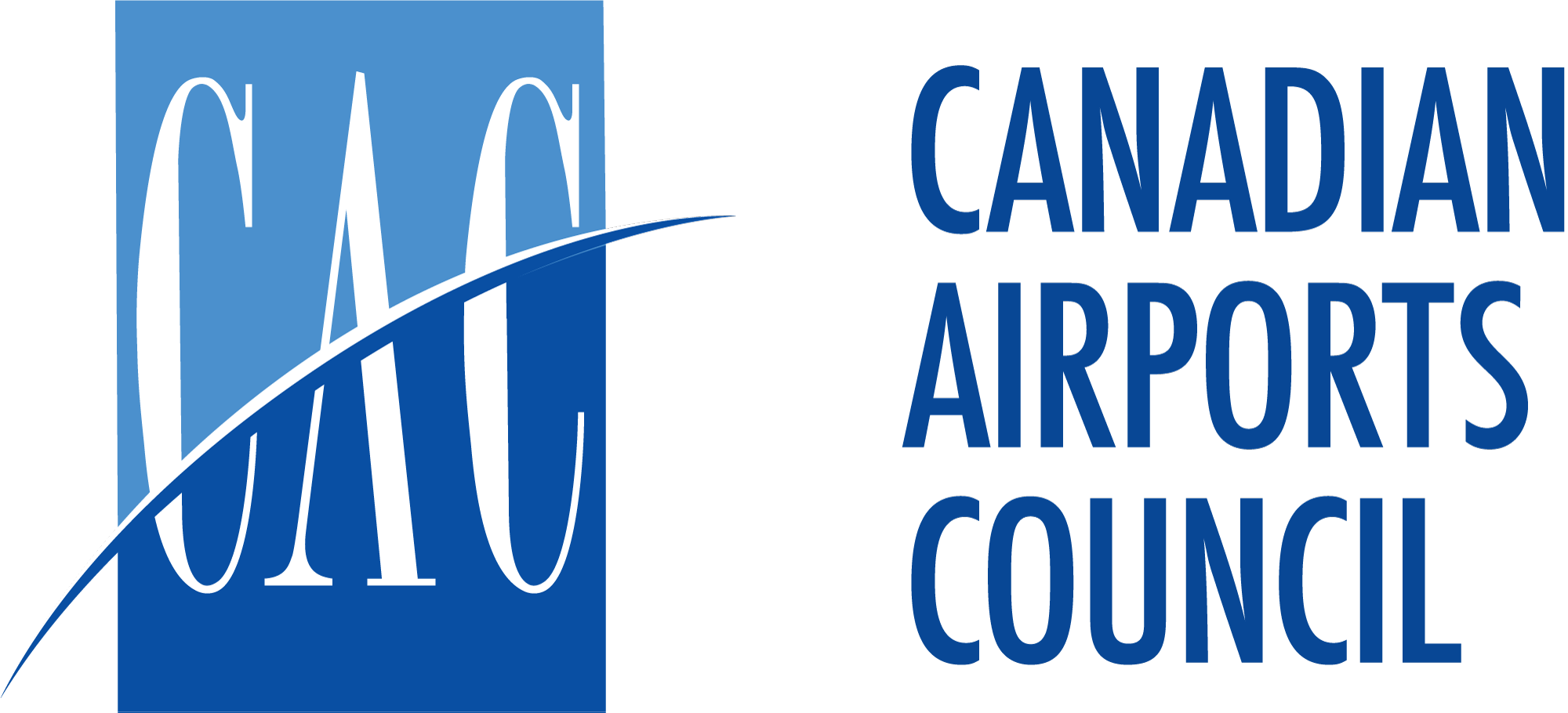Federal Budget 2019 outlined the Government of Canada’s intent to transition CATSA into a not-for-profit entity. Transport Canada will continue to regulate aviation security, but operational responsibility for screening will be transferred to a new “designated screening authority” (DSA). By operating outside of government, the DSA will be more nimble, innovative, responsive, customer-service-driven, and affordable, without any compromise to security, as Transport Canada will continue to have oversight.
The move to a not-for-profit entity would not be a first for Canadian aviation. In 1996, air traffic control was “commercialized,” resulting in the creation of NAV Canada. The model also mirrors the transfer of 21 of Canada’s major airports to local, private capital corporations starting in 1992.
Canada’s airports today are independent and have revitalized their infrastructure to improve traveller services at no cost to taxpayers. We have been recognized by our numerous international awards in operations and customer satisfaction.
NAV Canada is one of the top organizations in its space, with expertise and technology sought by other air navigation service providers around the worlds.
Based on the lessons learned on privatization and a conviction shared in the aviation community that we can serve travelers better, the following set of objectives will guide these efforts:
- Cost effective, transparent and predictable funding must support consistent national standards across the organization’s full mandate to screen air travellers and their bags and airport workers.
- Screening must be effective and efficient, responsive to threats, innovative, entrepreneurial and competitive.
- The DSA must set internationally competitive service standards that improve on today’s performance by CATSA. These standards must effectively balance service with cost and respect travellers’ wallets.
- Canada’s airports and air carriers have called for a standard of 95% of travellers screened in under 10 minutes at high volume checkpoints, with no passenger waiting more than 20 minutes.
- The DSA should be structured to the highest standards in corporate governance, and public accountability
The Security Screening Services Commercialization Act (SSSCA) received Royal Assent prior to the Parliament rising. But, passage of this legislation is only the first step in the process that will see airports, airlines and the federal government work together to form a new DSA. Transport Canada’s proposed timeline to complete CATSA’s transformation is aggressive, with a goal of having the new organization up and running within a year. While the Minister ultimately determines the transfer date, it will be established in collaboration with industry, and after extensive consultation and agreement on issues such as transition costs, asset value, and fees. An effective governance structure will ensure that the highest security standards continue to be the core value of the new organization. Moreover, a renewed regulatory framework will move security screening to an intelligence-driven, risk-based approach, allowing the DSA to leverage proven technology and programs to equal the best international standards and practices.

